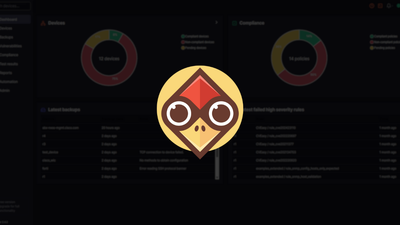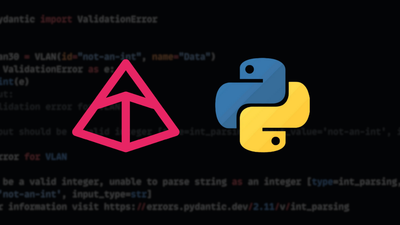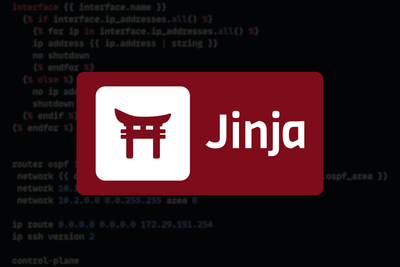I'm sure, by now that it's no surprise that I`m a huge fan of Batfish! More details on why here.
Today I wanted to share with you one of the features that Batfish provides - route analysis. In short,
Batfish allows you to model your entire network and then query/analyze the routes centrally.
This feature is super useful for troubleshooting, and also for educational purposes to see how different configurations impact and change the calculated routes, whilst not needing the horsepower to run a ton of VMs!
Below is a an example:
>>> bfq.routes().answer().frame()
...
Node VRF Network Next_Hop Next_Hop_IP Next_Hop_Interface Protocol Metric Admin_Distance Tag
0 spine2 default 10.2.128.0/30 None AUTO/NONE(-1l) Ethernet1/1 connected 0 0 0
1 spine2 default 10.2.0.5/32 None AUTO/NONE(-1l) Ethernet1/4 local 0 0 0
2 leaf1 default 2.2.2.2/32 spine2 10.2.0.5 dynamic ospf 41 110 None
3 server1 default 0.0.0.0/0 leaf1 172.16.1.254 eth1 static 0 1 None
4 leaf1 default 2.2.2.2/32 spine2 10.2.0.1 dynamic ospf 41 110 None
.. ... ... ... ... ... ... ... ... ... ...
112 leaf2 default 172.16.1.0/24 spine2 2.2.2.2 dynamic bgp 0 20 64520
113 server1 default 172.16.1.1/32 None AUTO/NONE(-1l) eth1 local 0 0 None
114 spine1 default 10.1.0.1/32 None AUTO/NONE(-1l) Ethernet1/4 local 0 0 0
...
But, there is more! You can also query the BGP RIB using the rib='bgp' input, giving you further details about the route such as the AS_PATH etc.
>>> bfq.routes(rib='bgp').answer().frame().iloc[0]
...
Node leaf2
VRF default
Network 172.16.1.0/24
Next_Hop_IP 1.1.1.1
Next_Hop_Interface dynamic
Protocol bgp
AS_Path 64520 64521
Metric 0
Local_Pref 100
Communities []
Origin_Protocol bgp
Origin_Type igp
Originator_Id 1.1.1.1
Cluster_List None
Tag 64520
Name: 0, dtype: object
Finally, we can programmatically work with this data by returning it in a structured data format (Python dictionary), shown below - then, as they say, we are off to the races!
print(dict(bfq.routes(rib='bgp').answer()))
...
'rows': [
{
'Node': {'id': 'node-leaf2', 'name': 'leaf2'},
'VRF': 'default',
'Network': '172.16.1.0/24',
'Next_Hop_IP': '1.1.1.1',
'Next_Hop_Interface': 'dynamic',
'Protocol': 'bgp',
'AS_Path': '64520 64521',
'Metric': 0,
'Local_Pref': 100,
'Communities': [],
'Origin_Protocol': 'bgp',
'Origin_Type': 'igp',
'Originator_Id': '1.1.1.1',
'Cluster_List': None,
'Tag': 64520
},
...











